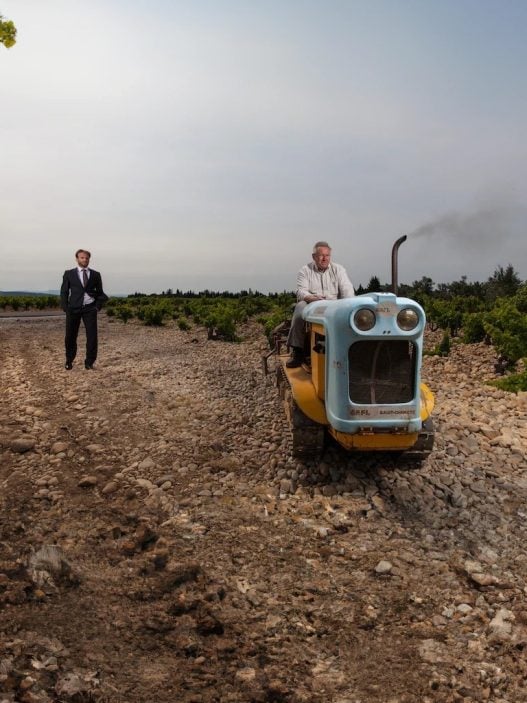Have you ever thought you had a bad wine but were unsure? Here are a few telltale signs a wine has gone bad.
 Shutterstock: Markus Mainka
Shutterstock: Markus Mainka
A moldy, musty smell like wet dog or cardboard. This is caused by a bad cork and means that at some point the cork had mold growing on it. It won’t hurt you to drink a corked wine, but the experience might not be very pleasant.
A taste of vinegar. This is caused by oxidation. Wine will eventually turn to vinegar if oxygen gets to it. This can be especially problematic in restaurants where wines by the glass are served and bottles are left overnight.
Chemical smells like acetone (nail polish remover) and sulfur (rotten eggs). These can form during fermentation and are a sign of poor winemaking.
A red wine is brownish and a white wine has a tinge of brown. This is caused from exposure to air. Older red wines can have a more aged, slight brownish tint to them, but young reds should not.
The cork is pushed up a little or there is leakage around the cork. This usually indicates the wine has been stored in heat or has been frozen.
A red wine smells a bit like Port or tastes like a sweet wine when it’s neither. It has been exposed to heat.
A wine has some fizz but is not a sparkling wine. This means the wine has gone through an unintended second fermentation after bottling.
A cloudy or hazy appearance. If it is not an unfiltered wine, this could mean it has gone through an unintended second fermentation after bottling as well.
Here are some things you might detect but should not stop you from enjoying the wine:
A burnt smell of matches when you open the wine. This comes from sulfur dioxide, which is added to the wine at the bottling stage to keep it fresh. It’s usually absorbed by the wine but when too much has been used, you can smell it. It will dissipate a few minutes after opening.
White crystals on the cork or bottom of white wine bottles. These are natural deposits called tartrates. They are harmless and do not affect the taste.
Sediment in aged red wine. This is natural. Let the wine settle after opening or decant the wine.
Pieces of cork floating in the wine. This is usually caused by a dry cork that crumbles while it is being removed. This is unsightly but will cause no harm.
Remember! We all have our preferences in taste. But a bad wine is not a wine you don’t like…but a good wine gone bad.

























Thanks 4 dis fantastic headlines. Hope 2 get more 4rm u.BYE
m